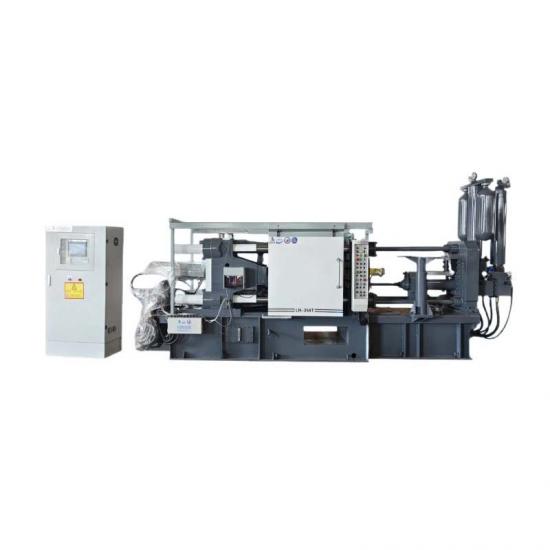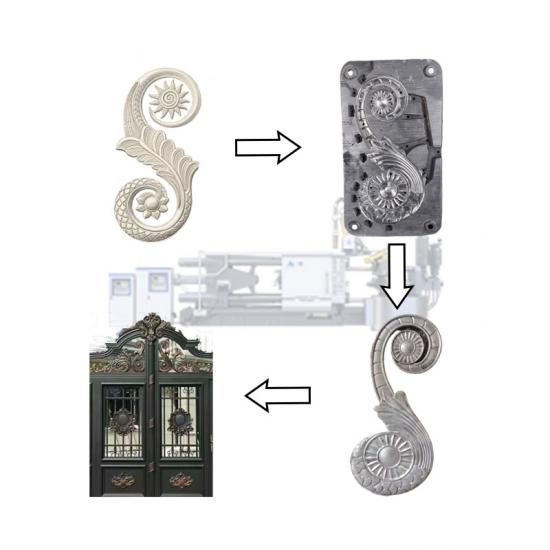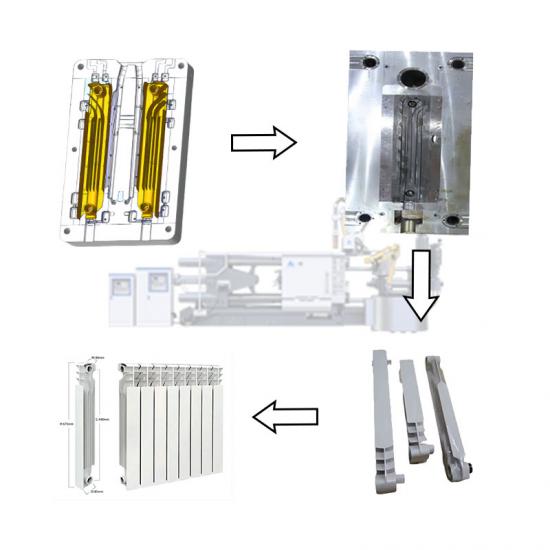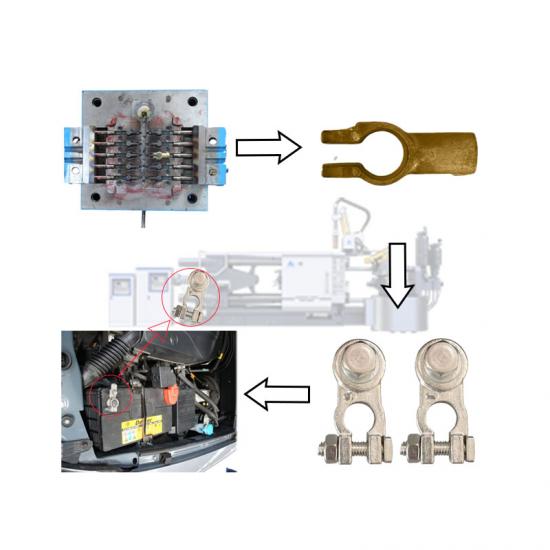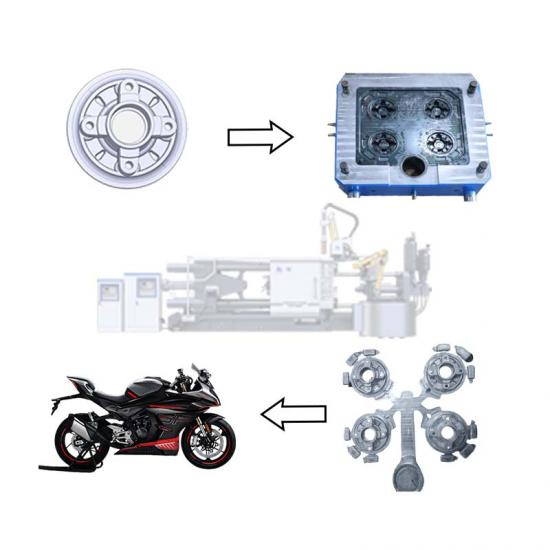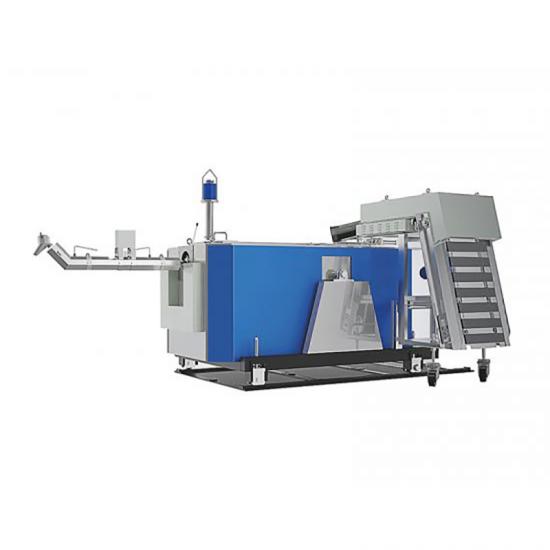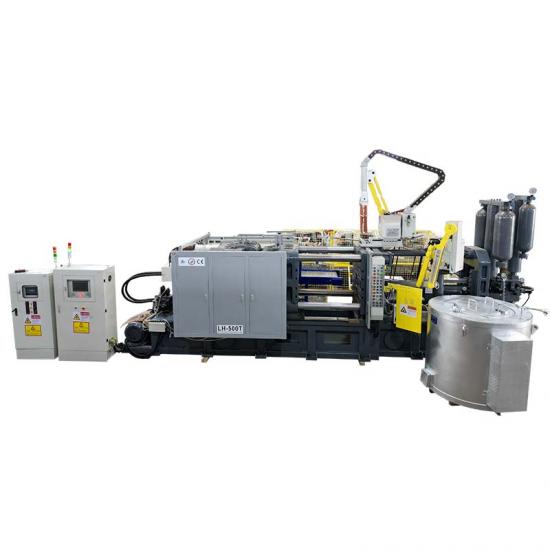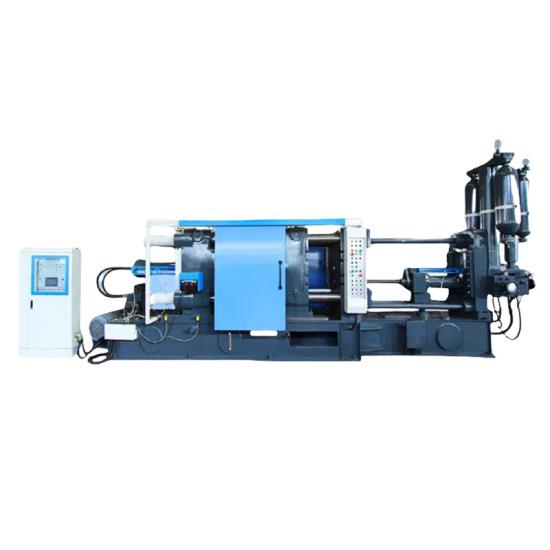Die-casting aluminum alloy smelting is an important process in the die-casting production process. If the smelting process is not strictly controlled, the slag and gas content of aluminum (abbreviated as: Al) liquid will increase, and the chemical composition will change, resulting in pinholes, oxidation slag, shrinkage and unqualified chemical composition in the casting, affecting the quality of the casting.
Die-casting aluminum alloy is easy to absorb air and oxidize during the smelting process. During the continuous melting process, oxidation slag will be generated on the surface and inside of the Al liquid. The smelting raw materials are divided into Al ingots and recycled materials. The slag content of recycled materials is higher than that of Al ingots. After smelting, the oxidation slag in the Al liquid will increase accordingly. The oxidation slag is easily adsorbed by the gas in the Al liquid, making it difficult for the gas to precipitate from the Al liquid. Due to the presence of gas and oxidation inclusions in the Al liquid, shrinkage cavities, pores, slag inclusions and other defects are generated in the die casting.
High-quality Al liquid should have the characteristics of qualified chemical composition, low content of gas and oxidation inclusions, good casting performance, and satisfactory mechanical properties of castings. Starting from the main links that affect the quality of Al liquid during the smelting process, the effects of each link process are tested to determine the optimal process parameters of each smelting link, effectively improve the quality of Al liquid, and thus meet the production needs of die castings. There are many types of inclusions in Al liquid. In addition to the material shedding of the furnace body itself, most of them come from recycled materials. The recycled materials will form oxide inclusions such as aluminum oxide and magnesium oxide during the placement and melting process.
Since the recycled materials cannot be absolutely clean, and the surfaces of the gates and unqualified die castings will adhere to oily substances and be relatively moist, a large amount of smoke and water vapor will be generated during the melting process, which is the main source of hydrogen. After density testing and metallographic analysis of Al ingots before smelting and recycled materials after casting in the same furnace, it was found that the hydrogen content and inclusions in the recycled materials increased significantly.
Conclusion:
(1) In the process of aluminum alloy smelting, the recycled materials need to be clearly classified; for castings with dense internal structure and airtightness requirements, the recycled materials ratio is controlled within 30%, and the recycled materials ratio of ordinary castings can be relaxed to 40%.
(2) Keeping the melting temperature of aluminum liquid at 720-750℃ can reduce the absorption of aluminum liquid.
(3) In order to ensure the refining and degassing effect, the refining and degassing time of aluminum alloy shall not be less than 8min.
(4) The Fe content in ADC12 aluminum alloy should be controlled at 0.70%-0.85%.













